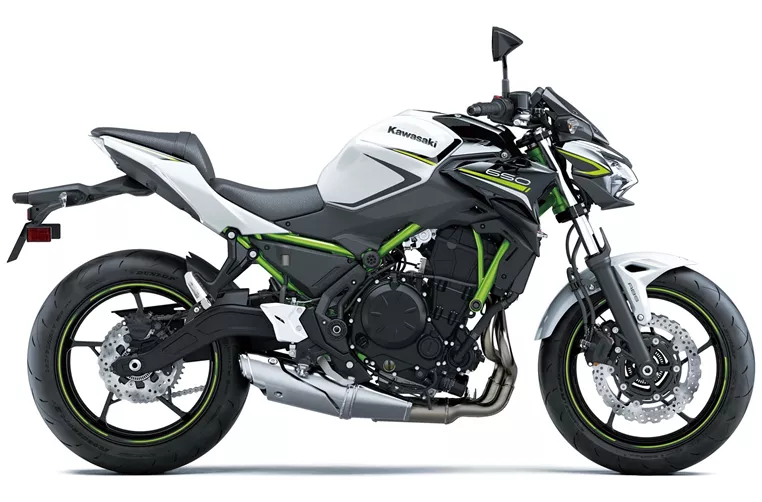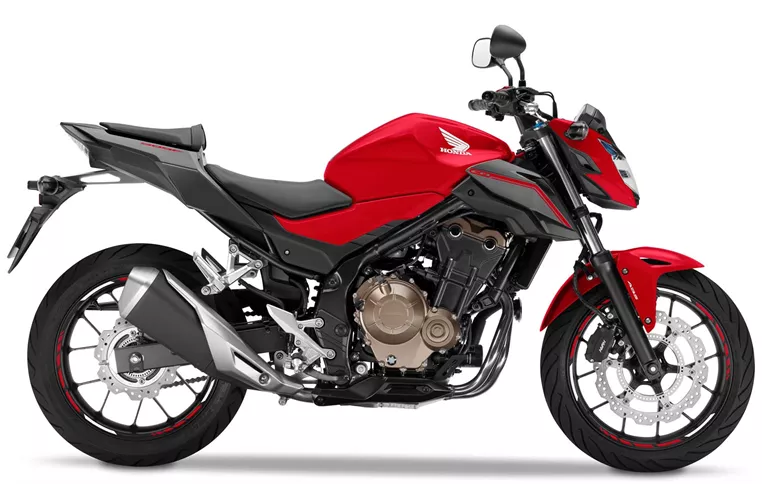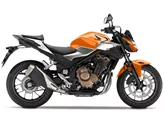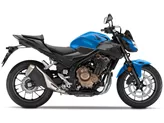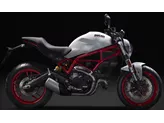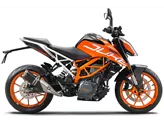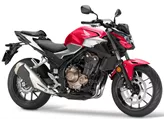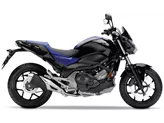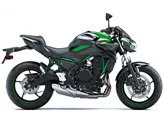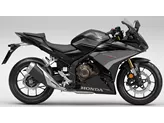Kawasaki Z650 2020 vs. Honda CB500F 2016
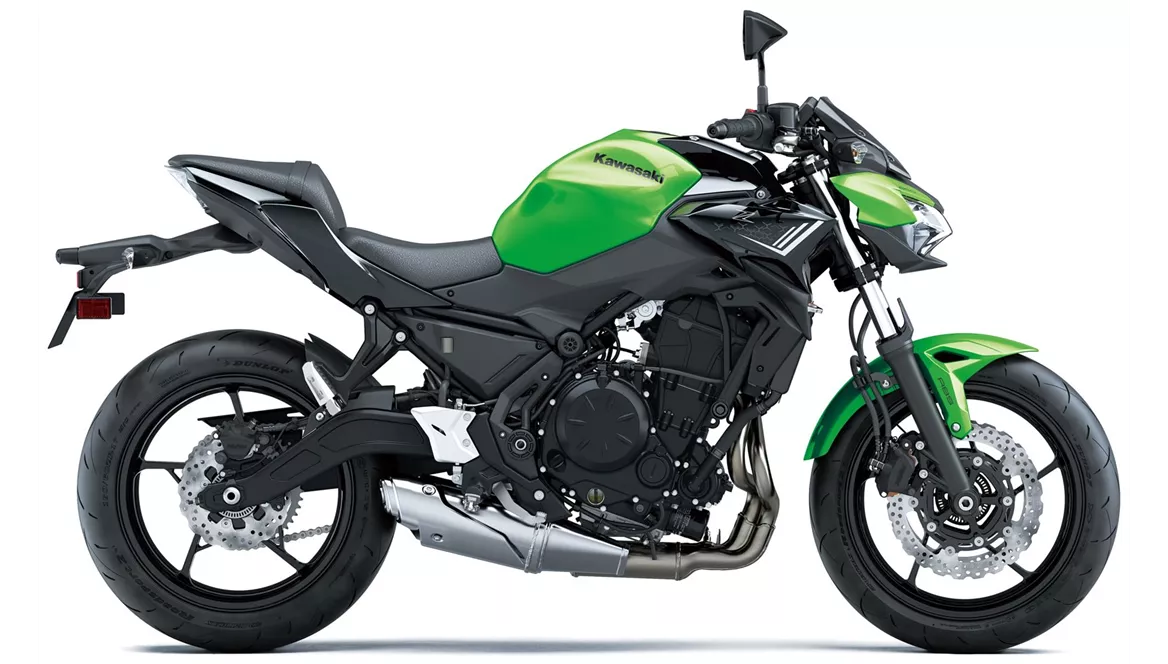
Kawasaki Z650 2020

Honda CB500F 2016
Overview - Kawasaki Z650 2020 vs Honda CB500F 2016
In terms of engine and drive train, both the Kawasaki Z650 2020 and the Honda CB500F 2016 have in-line engines with two cylinders and liquid cooling. However, the Kawasaki Z650 has a more powerful engine with 68.2 HP compared to the Honda CB500F's 48 HP. The Kawasaki Z650 also has higher torque at 65.7 Nm compared to the Honda CB500F's 43 Nm. The Kawasaki Z650 has a larger displacement at 649 ccm, while the Honda CB500F has a displacement of 471 ccm.
In terms of chassis, both bikes have steel frames, providing stability and durability. The Kawasaki Z650 has double disk front brakes with double piston calipers, while the Honda CB500F has a single disk front brake with double piston calipers. Both bikes have the same front and rear tire width and diameter, ensuring good grip and maneuverability. They also have the same wheelbase and seat height, providing similar riding positions.
In terms of weight, the Kawasaki Z650 has a kerb weight of 187.1 kg with ABS, while the Honda CB500F has a kerb weight of 192 kg with ABS. The fuel tank capacity of the Kawasaki Z650 is 15 liters, while the Honda CB500F has a slightly larger capacity of 15.7 liters.
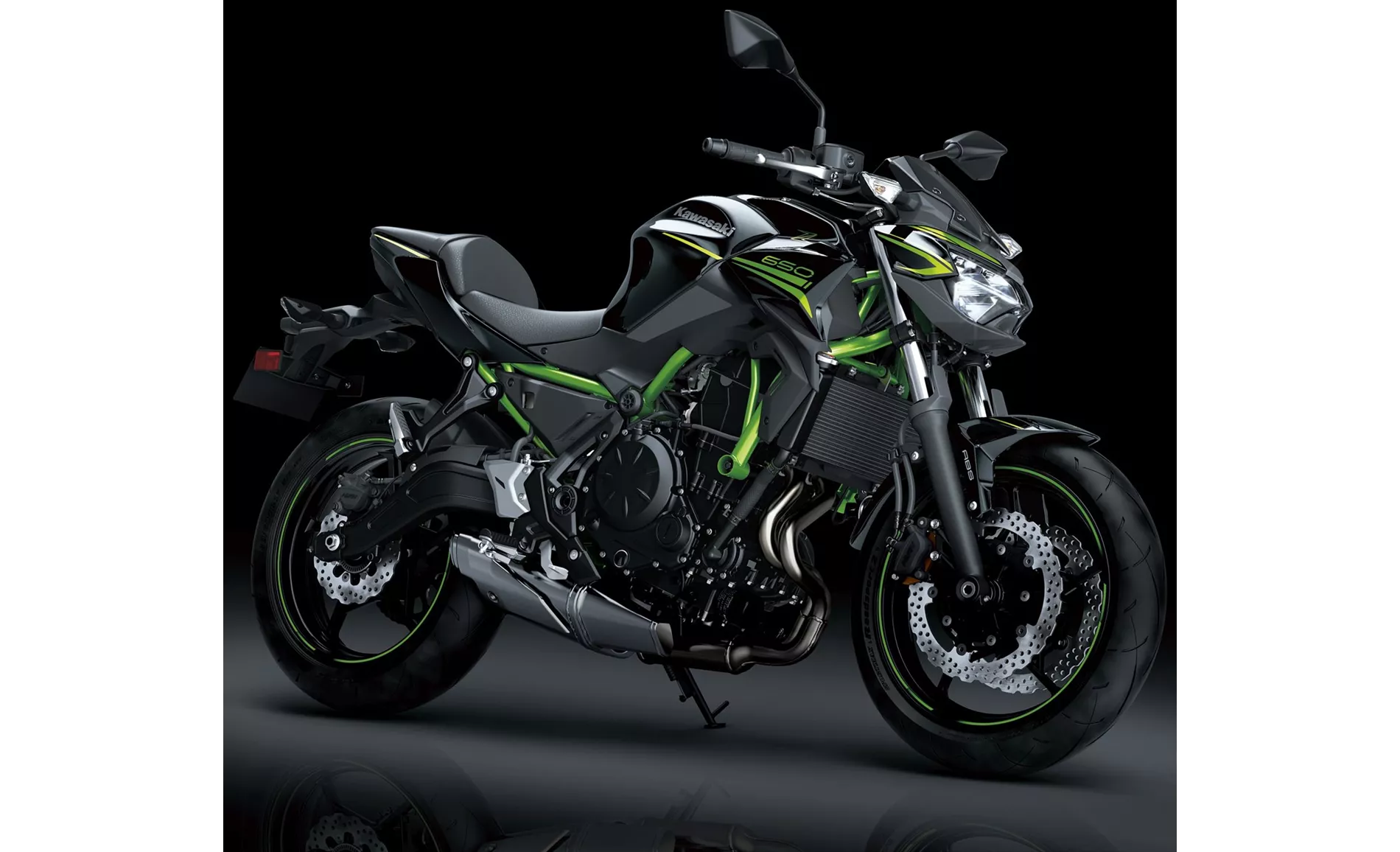
Kawasaki Z650 2020
The Kawasaki Z650 2020 has several strengths. Its powerful two-cylinder engine provides a thrilling riding experience, and the aggressive intake noise adds to the excitement. The bike's compact dimensions and low seat height make it easy to handle and suitable for riders of different sizes. The stable chassis ensures a smooth and controlled ride. The TFT display with connectivity allows riders to easily access information and connect their devices. Additionally, the Kawasaki Z650 has a grown-up look, appealing to riders who prefer a more mature aesthetic.
On the other hand, the Honda CB500F 2016 also has its strengths. It offers easy handling, making it suitable for riders of all skill levels. The bike's powerful and elastic engine provides a responsive and enjoyable riding experience. The comfortable seating position allows for long rides without discomfort. The LED lighting technology enhances visibility and safety. Lastly, the bike has a nice sound, adding to the overall riding experience.
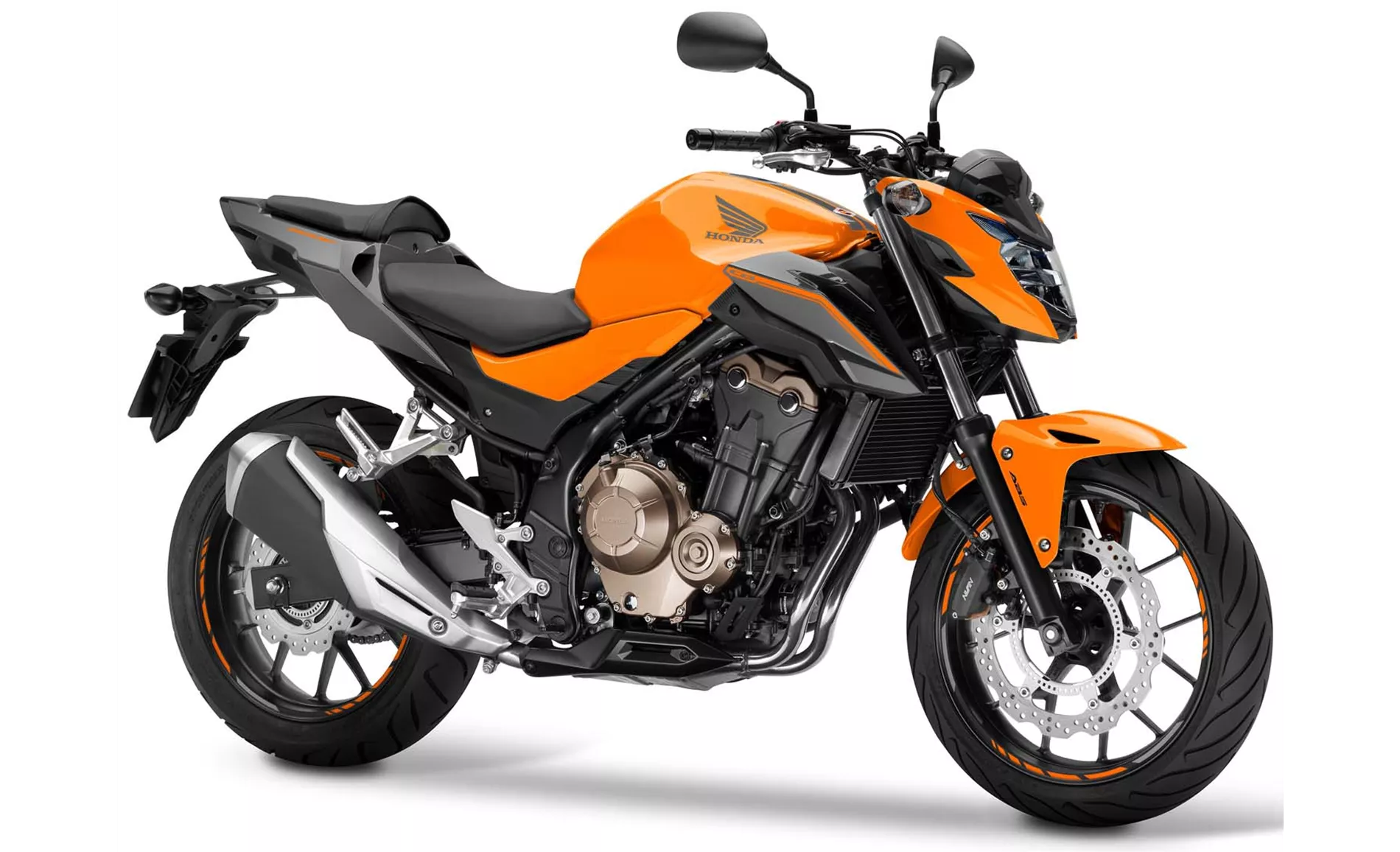
Honda CB500F 2016
However, the Kawasaki Z650 2020 does have some weaknesses. Some riders have reported issues with the front brake pressure point, which may require adjustment. Additionally, the bike's compact dimensions and low seat height may be uncomfortable for taller riders. Lastly, the Rideology App, while providing connectivity, may not be as sophisticated as some riders would prefer.
Similarly, the Honda CB500F 2016 also has a weakness, which is the absence of a gear indicator. This can make it more difficult for riders to keep track of their current gear.
In summary, the Kawasaki Z650 2020 and the Honda CB500F 2016 are both solid naked bikes with their own strengths and weaknesses. The Kawasaki Z650 offers a more powerful engine and a range of features such as connectivity and a grown-up look. On the other hand, the Honda CB500F provides easy handling, a comfortable seating position, and a nice sound. Ultimately, the choice between the two will depend on the rider's preferences and priorities.
Technical Specifications Kawasaki Z650 2020 compared to Honda CB500F 2016
Pros and Cons in comparison
Pros and Cons in comparison
Kawasaki Z650 2020

It's simply marvellous what Kawasaki has put together in a complete package with the new Z650. The technical components may not knock your socks off individually, but in combination they make for a pleasantly neutral motorbike that everyone will enjoy. No bitchy idiosyncrasies - simply a naked bike that works really well on winding country roads. Of course, the TFT display, which we don't find in the competition at the moment, is a plus, as is the grown-up look, which is strongly oriented towards the larger Z models. Only the pressure point of the front brake could have been more clearly defined - but you can't have everything in this price range.
Honda CB500F 2016

Like its two-cylinder predecessors CB500 and CBF500, the new CB500F presents itself as a mature motorbike for beginners, returning riders or for the daily commute to work. With the modern LED headlight and LED tail light, Honda is moving with the times and thus offers a great package in the A2 driving licence class. With its nimble handling, it is convincing both in city traffic and on country roads, and thanks to the revisions to the engine and transmission, it cuts a sportier figure than ever before. The chassis, on the other hand, offers enough comfort, which is further supported by the adjustable brake lever.
Price Comparison Avarage Market Price Kawasaki Z650 vs Honda CB500F
There are a few key differences between a Kawasaki Z650 2020 and a Honda CB500F 2016. There are the same number of bikes of both models available on the 1000PS.de marketplace, specifically 21. It takes less time to sell a Honda CB500F with 63 days compared to 80 days for the Kawasaki Z650. Since model year 2017 1000PS.de editors have written 31 reviews for the Kawasaki Z650 and 22 reviews for the Honda CB500F since model year 2013. The first review for the Kawasaki Z650 was published on 08/11/2016 and now has more than 25,000 views. This compares to more than 18,500 views for the first review on Honda CB500F published on 10/11/2012.
